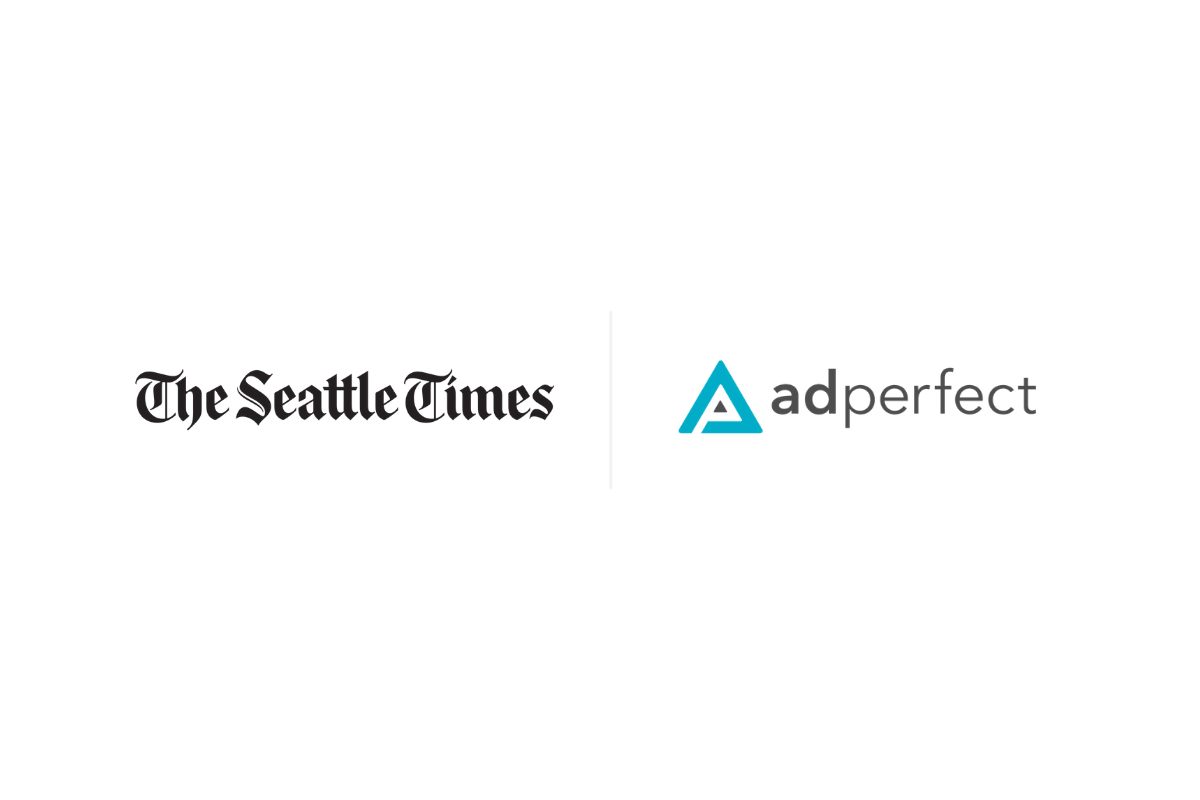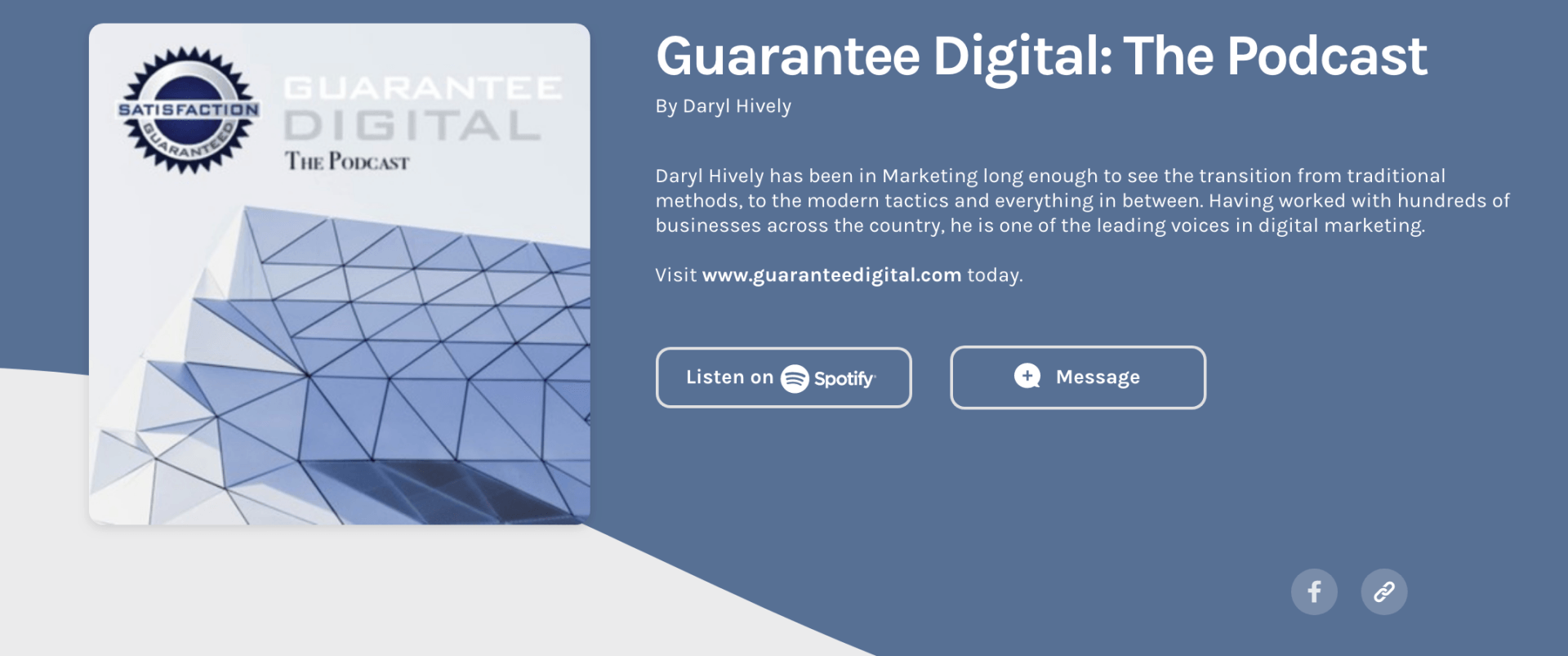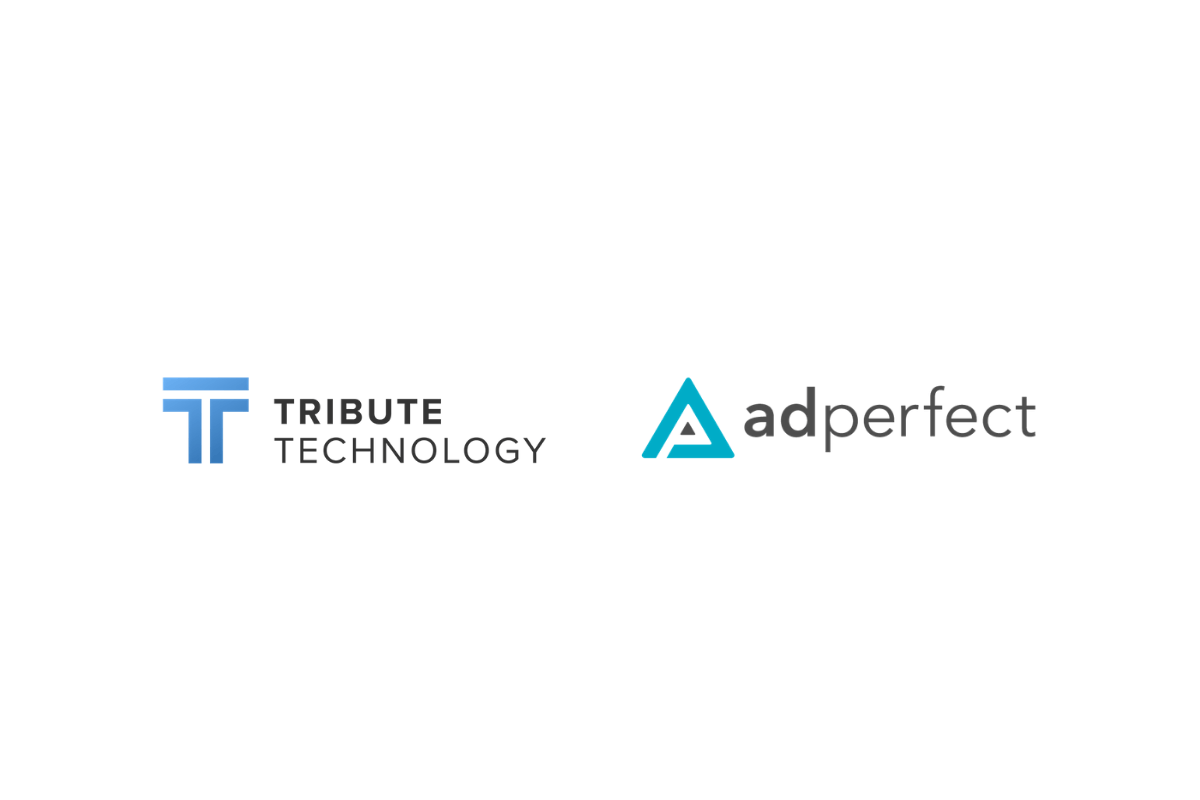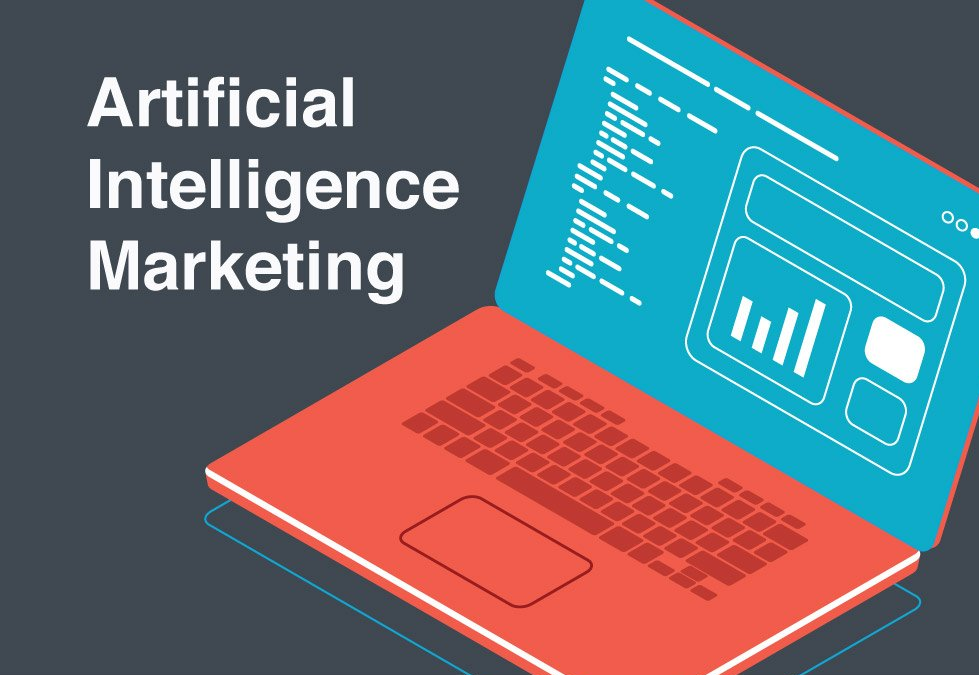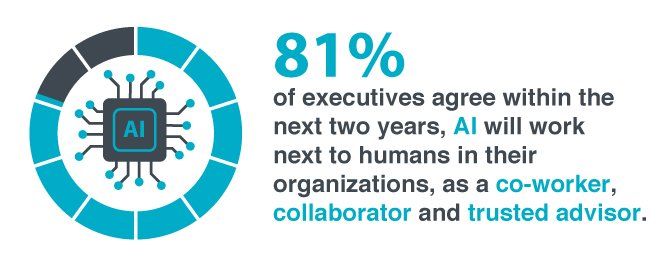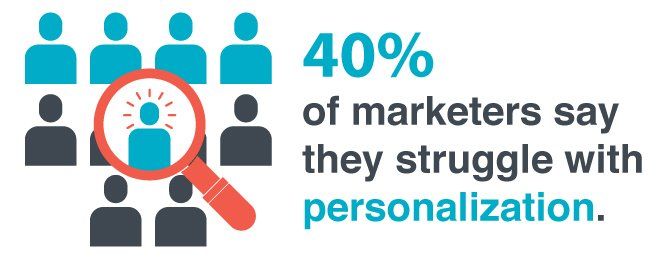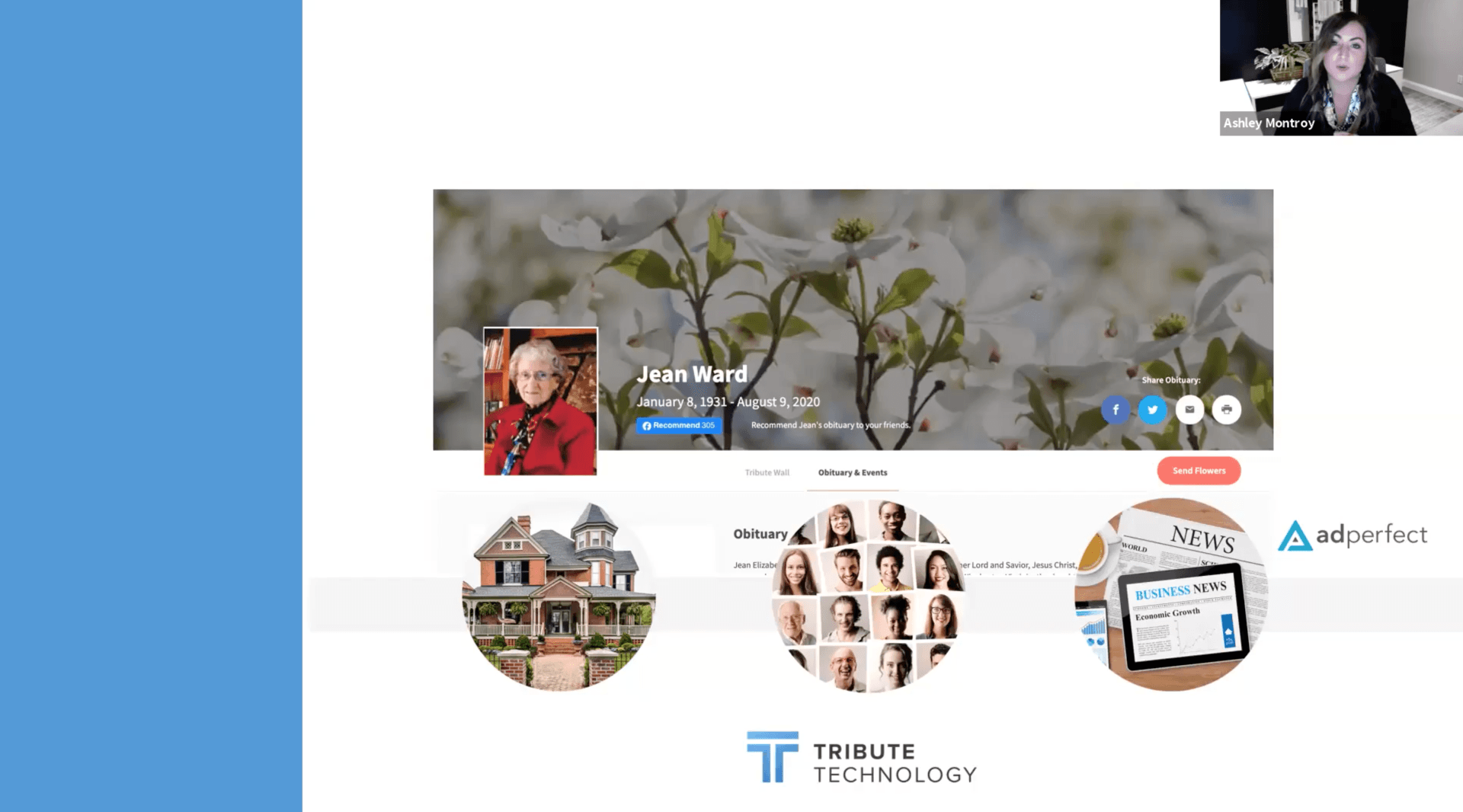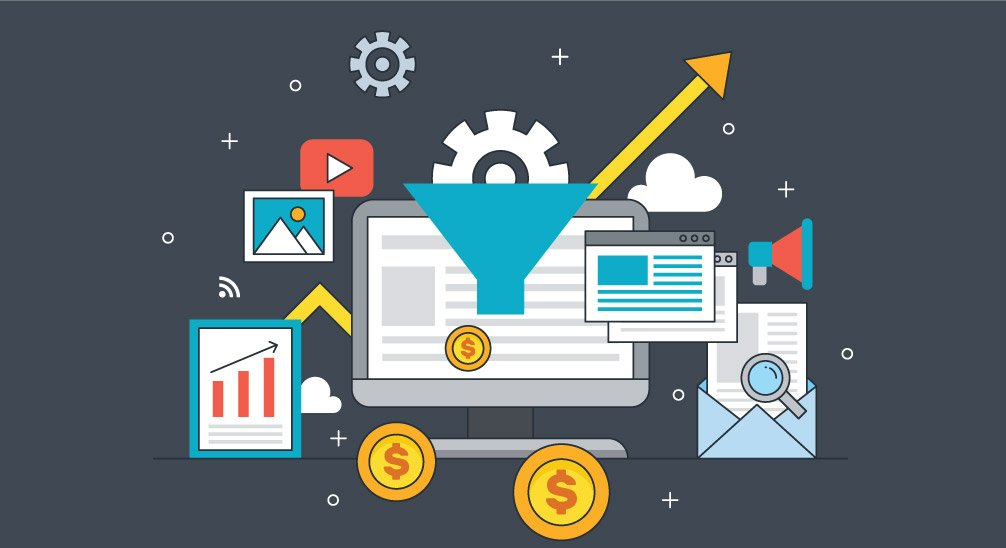Keeping up with Artificial Intelligence
Some say with the introduction of AI, we have entered the fourth industrial revolution era, defined by extreme automation and connection. According to data, in 2015 AI was a 5 billion USD industry, and by 2020 it is expected to double and become a 12.5 billion USD industry (a 20% annual growth rate). Software development and start ups will charge ahead and continue to push the barriers in digital sales and marketing automation, online search and social media. AI will be the main feature that will create business opportunities and value for software.
Not only in software, but also virtual assistants, smart robots through AI will offer expert assistance, instantaneous research or findings, and even assist with diagnosis. Self driving cars, taxis and trains are also making tremendous leaps in progress. The list goes on as AI slowly penetrates into our daily lives. It is changing every facet of how our work is done and affecting the role of people play in driving growth in our society.
AI replaces tasks, not jobs.
It is a common discussed reality that using software to automate tasks that rely on basic analysis and daily processes, is seen as a threat to routine jobs and positions. This is what keeps many companies from being able to make changes to their structures and workflows. But with the rise of AI in aiding office productivity, there is wealth of opportunities for employees to actually upgrade their skills. The introduction of apps, sharing software and full connectivity provide a higher level of task personalization and creativity, which still demand the need of a person to handle.
Some of the popular ways AI influences the publishing industry are online content creation and social listening and monitoring. Especially when news, trends and information are instantaneously being updated, these tools prove to help arrange and distribute relevant data to stay relevant and ahead of the game.
AI in Content Creation
When it comes to attracting and engaging your audience online, content is one of the main ingredients that digital marketing requires. Many companies are finding insufficient to hire more staff to scale and track their content operations and are turning to AI as a possible option. To keep up with competitors, early implementers of AI can gain real advantage by investing in it and learning faster. It is one of the ways the key struggle for personalized content creation is eliminated.
According to recent data, Twitter is in the process of using AI on every one of the 456,000 tweets users send each minute of the day. Not only does the same algorithm gather data on trends and buzzwords, it can also generate simple content stories such as stock updates or sports. With these AI bots, just like reporters cover event updates through their notes, publishers can more efficiently and in scale convert facts and data into articles. Bots can even write these articles in different languages to target all demographics in their communities.
It is not easy to collect proper and true data and then with the same ease draw correct conclusions. This is one of the biggest struggles in personalized marketing. Social media networks use AI to easily customize their users’ news feeds and in this way personalize the only posts they would want to see on their feed. These AI bots actually analyze hundreds of variables from the data, and can predict with some accuracy the posts the users will like, comment or hide. This also applies to ad serving as well – users will only see the ads they might have interest in.
AI in Social Media Listening & Monitoring
Gaining a detailed understanding and scope of customers guarantees an efficient social media marketing plan. AI plays a vital role in marketing by providing this understanding by social listening and monitoring. The process mainly involves seeing what customers are saying about your brand, but also tracking specific phrases or words. Then brands can leverage the data gathered to find that niche communication and create specific content for specific audiences. It is vital to have real-time interaction with your audience, as in turn you can have a better familiar brand voice and create a stronger connection.
Social monitoring is a closer look at what people are saying through incoming issues or comments, and sorting through the feed of notifications to provide the right answer or connect them to the correct department for further assistance. On the other hand, social listening has a wider look at how the brand is talked about and identified by customers. It does use the data from social monitoring and other interactions online to build a detailed report on what key points clients talk about and suggest how your brand can provide solutions and address these topics.
Other perks in using AI based software tools and bots combine alerting when important conversations are happening around your industry and reporting these insights as recommendations and opportunities. Setup alerts to cover competitors, industries, groups, and online influencers and create a wholesome perspective of your online landscape. It is important that after all this data is gathered and sorted, the software you use will help to efficiently distribute these content recommendations at the right time and place locally and regionally. AI equips companies with informed marketing capabilities for executing and completing improved strategies for business growth and success.
